Introduction:-
Nidhi companies, a unique form of non-banking financial institutions in India, have been gaining prominence in recent years. These companies play a crucial role in fostering a culture of thrift and savings among their members, primarily consisting of individuals from a common socio-economic background. This article delves into the growth trajectory of Nidhi companies in India and provides a comprehensive guide to Nidhi Company registration.
Understanding Nidhi Companies:-
Nidhi companies are regulated by the Ministry of Corporate Affairs (MCA) and operate under Section 406 of the Companies Act, 2013. The primary objective of a Nidhi company is to facilitate mutual benefit among its members, encouraging savings and the prudent use of financial resources.
Key Features of Nidhi Companies:-
- Membership: A Nidhi company must have at least 200 members within a year of its registration.
- Ownership: Unlike traditional financial institutions, Nidhi companies are mutually owned by their members, fostering a sense of community and trust.
- Restrictions on Activities: Nidhi companies are prohibited from engaging in activities such as lending for speculative purposes, chit fund operations, and trading in shares or securities.
- Fund Management: The funds of a Nidhi company are primarily sourced from its members through fixed deposits, recurring deposits, and various savings schemes.
The Growth Trajectory of Nidhi Companies:-
Over the past decade, Nidhi companies have witnessed substantial growth due to several factors:
- Financial Inclusion: Nidhi companies have played a pivotal role in bringing financial services to previously underserved communities. Their approach of member-driven financial support has empowered many individuals and small businesses.
- Trust and Transparency: The inherent structure of Nidhi companies, which are owned and managed by their members, fosters a high level of trust and transparency. This has been a crucial factor in their sustained growth.
- Government Support: The Indian government, recognizing the importance of Nidhi companies in promoting financial inclusion, has introduced policies and reforms that support their operations.
- Technology Adoption: Many Nidhi companies have embraced modern technologies to enhance their service delivery. This includes the introduction of online banking platforms, mobile applications, and digital payment systems.
Nidhi Company Registration: A Step-by-Step Guide
- Name Approval: Choose a unique name for your Nidhi company and get it approved by the Registrar of Companies (ROC).
- MOA and AOA Drafting: Draft the Memorandum of Association (MOA) and Articles of Association (AOA) in compliance with the Companies Act, 2013.
- Minimum Capital Requirement: Ensure that your Nidhi company has a minimum paid-up equity share capital of Rs. 5 lakhs.
- Director Identification Number (DIN): Obtain DIN for all the directors of the Nidhi company.
- Digital Signature Certificate (DSC): Obtain a DSC for all the directors and subscribers.
- Application for Incorporation: Submit the application for incorporation to the ROC along with the necessary documents.
- Certificate of Incorporation: Once the ROC approves the application, you will receive the Certificate of Incorporation.
- Commencement of Business: Within one year of receiving the Certificate of Incorporation, a Nidhi company must commence its business operations.
Conclusion:-
The growth of Nidhi companies in India signifies a paradigm shift in the financial services sector. By promoting thrift and mutual benefit among its members, Nidhi companies are not only driving financial inclusion but also creating a sense of community and trust in the Indian financial landscape. With the comprehensive guide to Nidhi Company registration provided in this article, aspiring entrepreneurs can navigate the process seamlessly and contribute to the continued success of this unique financial institution.

 +91 9828123489
+91 9828123489 +91 9828123489
+91 9828123489 help@vakilkaro.co.in
help@vakilkaro.co.in










.png)
.png)

.png)
.png)
.png)





.png)

.png)
.png)




.jpg)
.png)


.png)
.png)

.png)
.png)
.png)
.png)




.png)
.png)
.png)













.png)



.jpg)
.jpg)
.jpg)
.jpg)
.jpg)
.jpg)
.jpg)
.jpg)
.jpg)
.jpg)
.jpg)
.jpg)
.jpg)
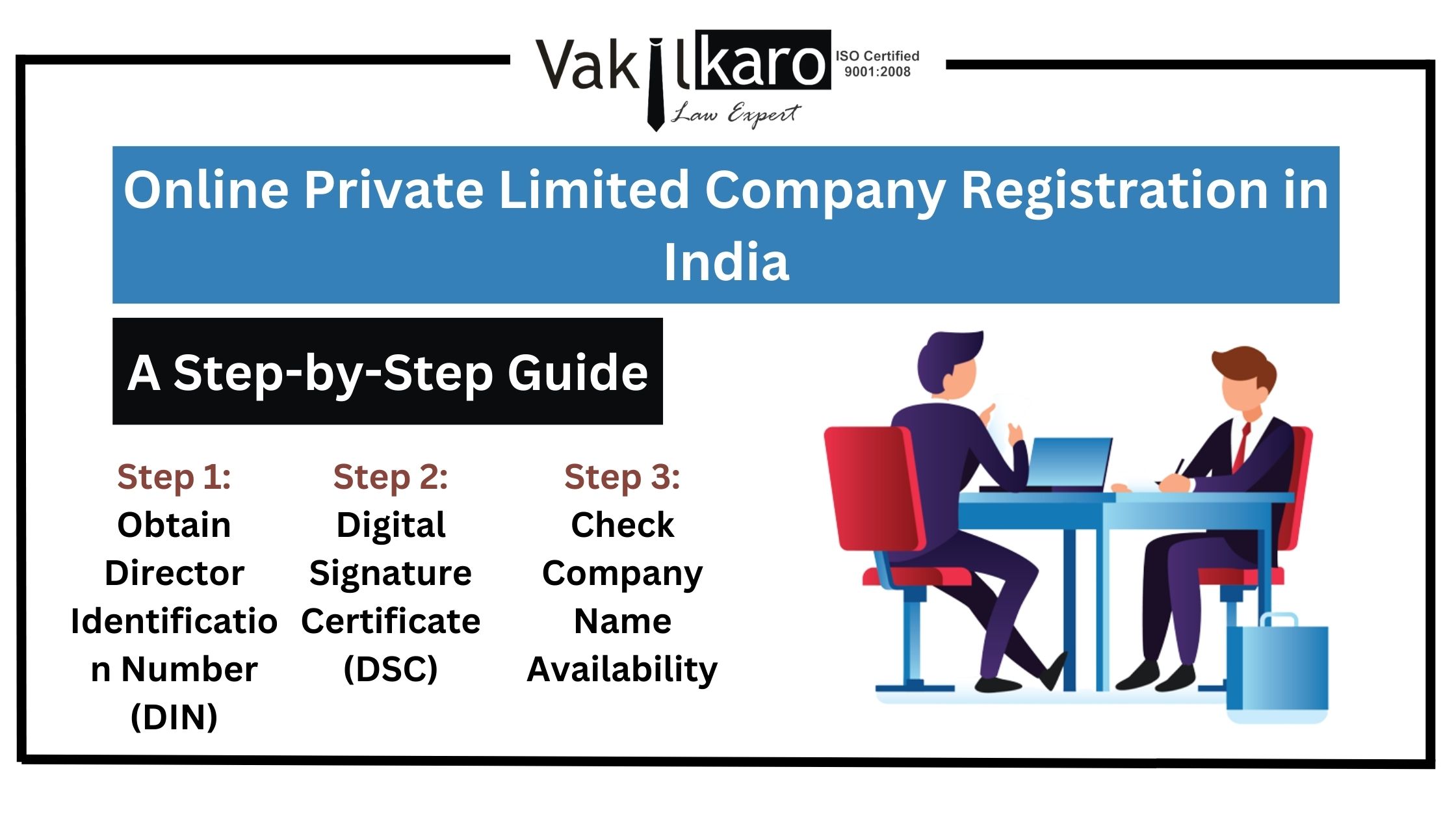
.jpg)
.jpg)

.jpg)
.jpg)

.jpg)



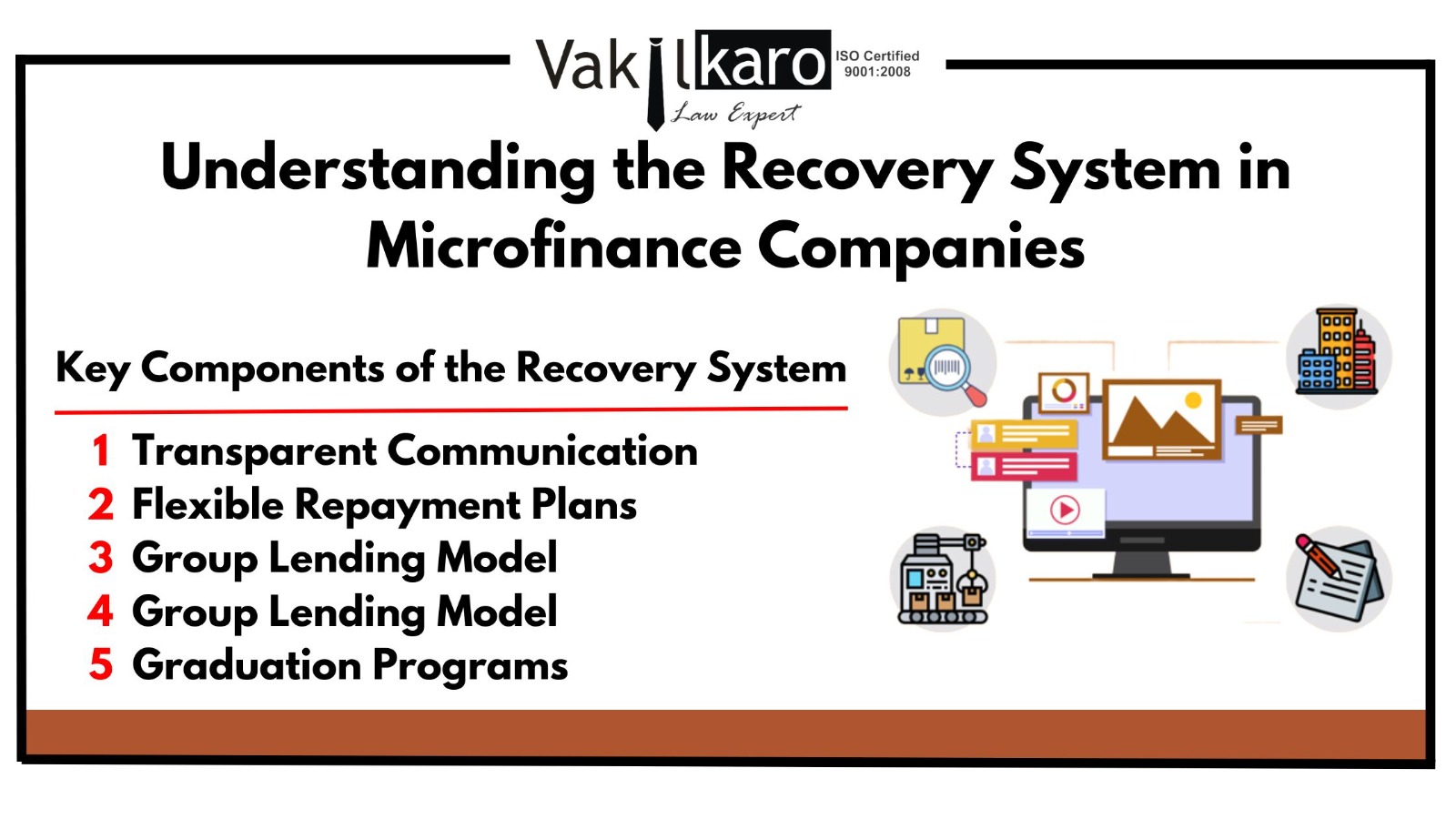

.jpg)




.jpg)



.jpg)
-registered-ngo-making-a-difference-(3).jpg)


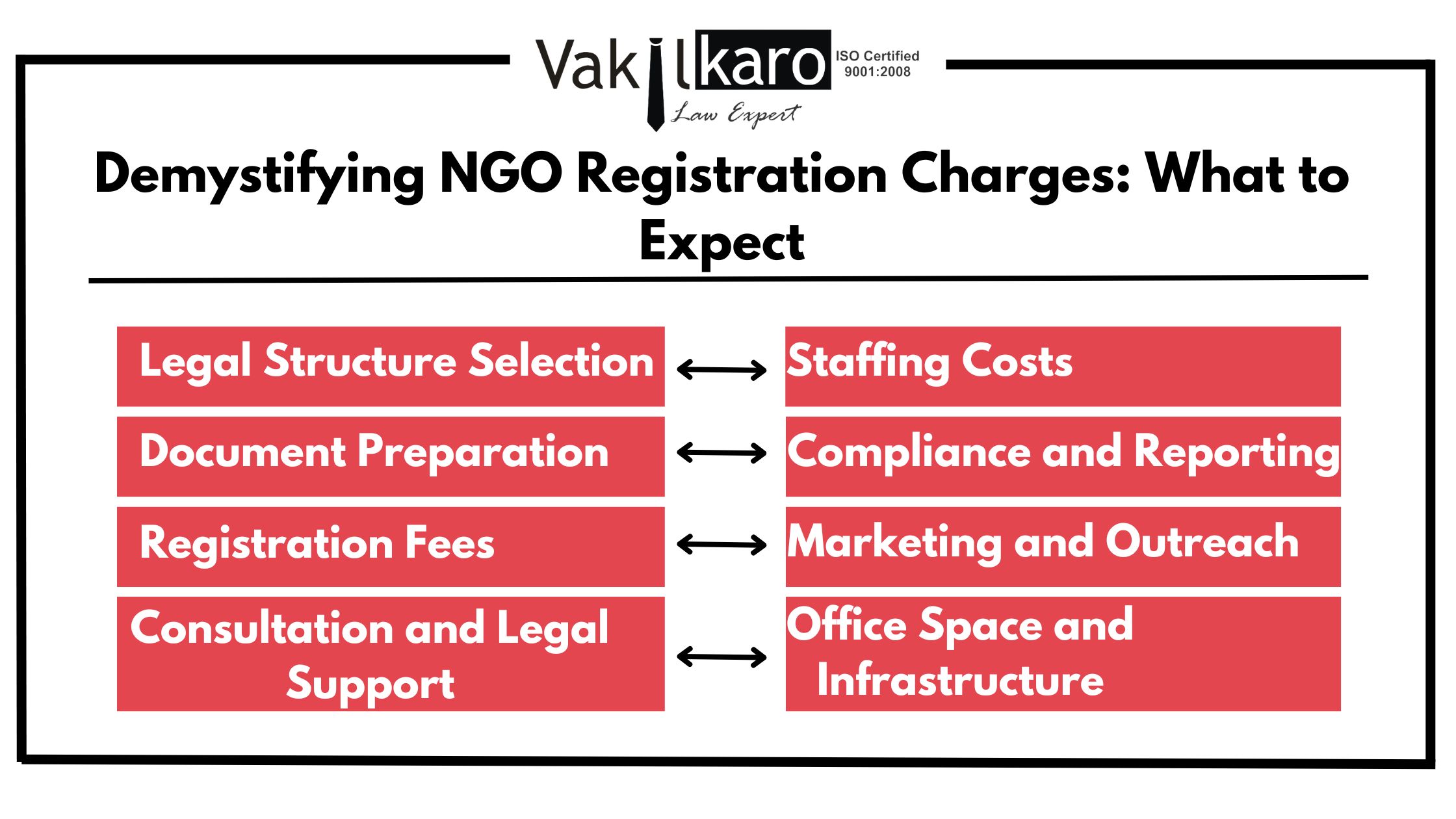

.jpg)

-1-registration-for-ngo.jpg)
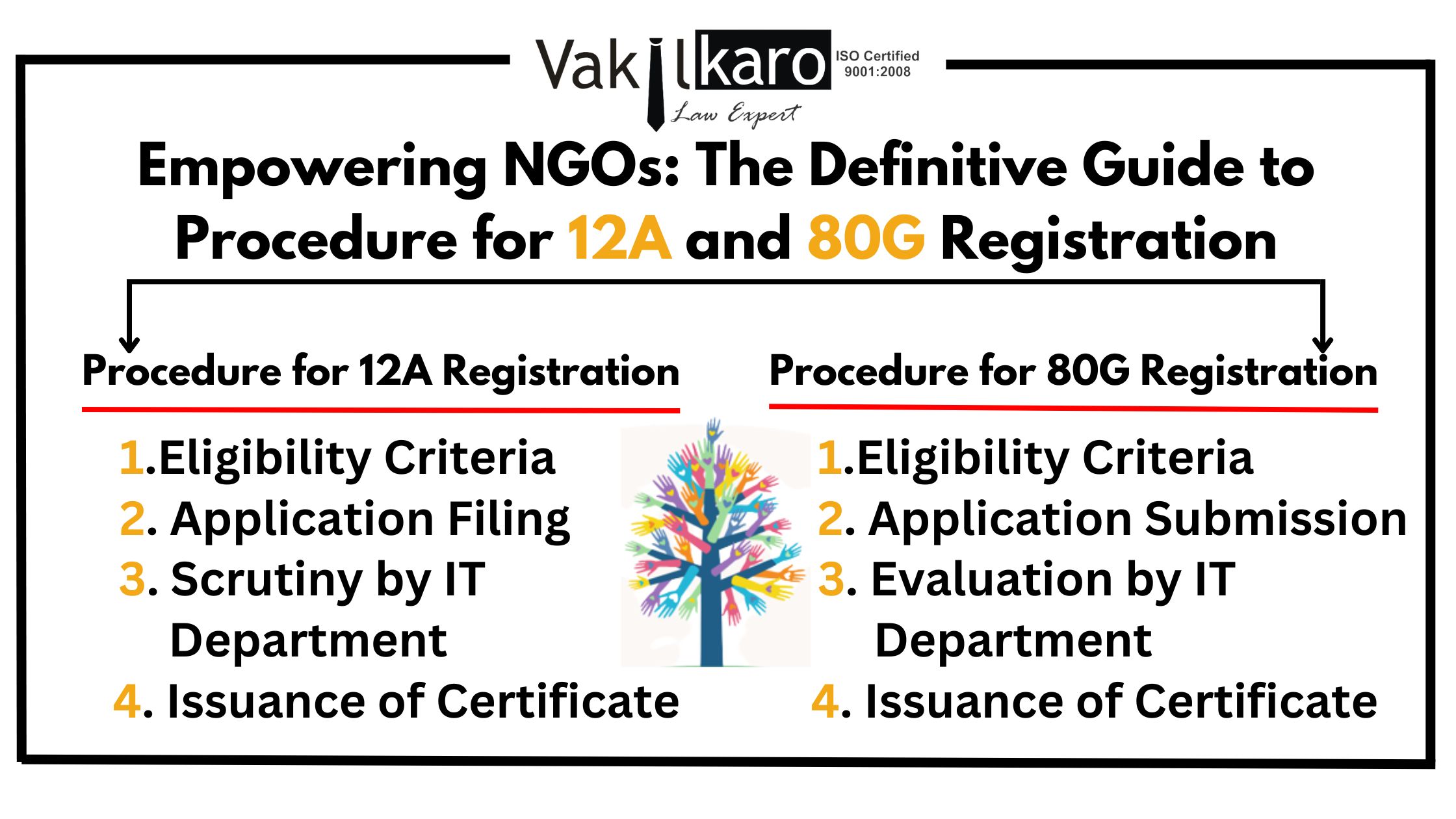
.jpg)



.jpg)





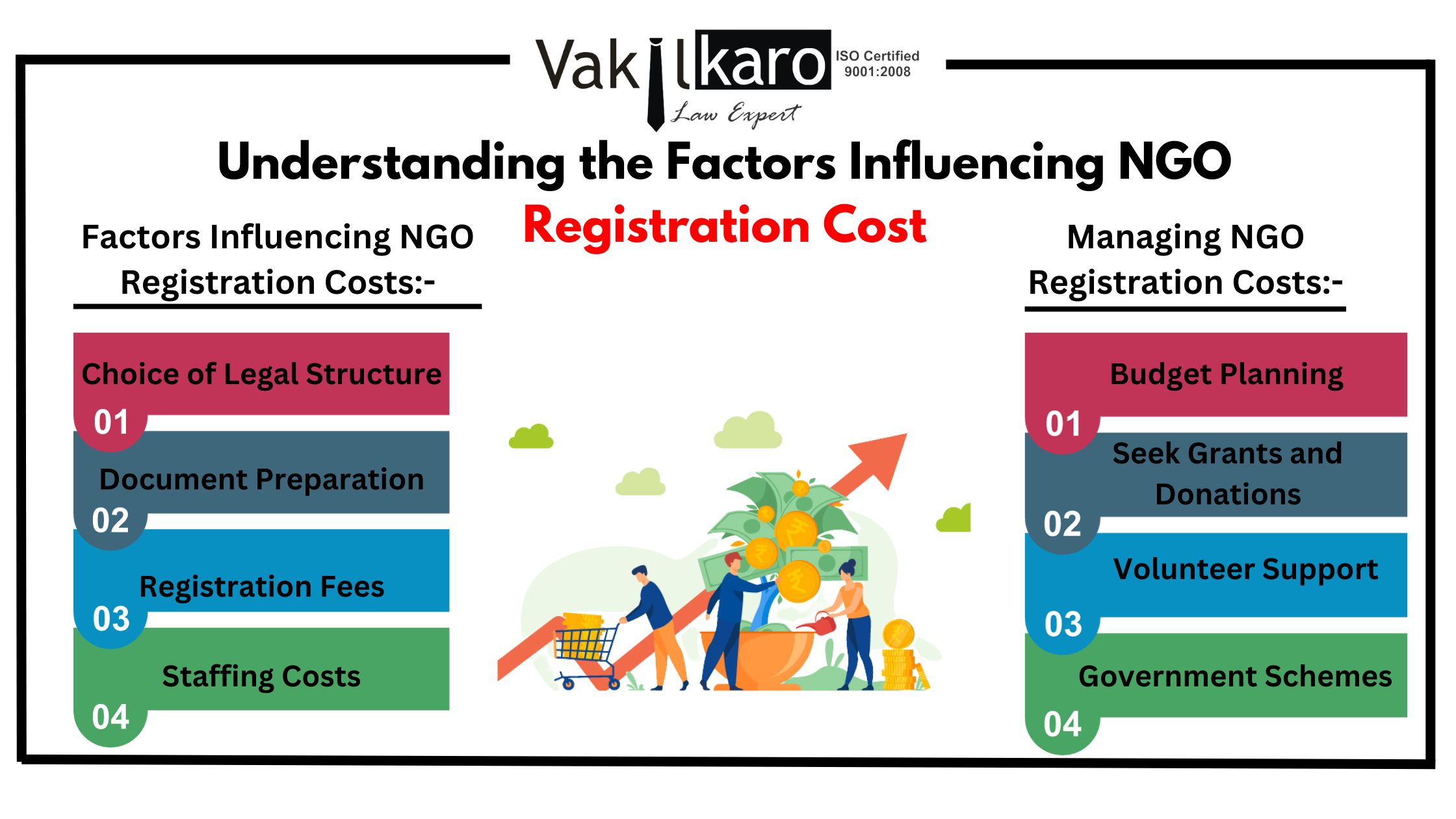

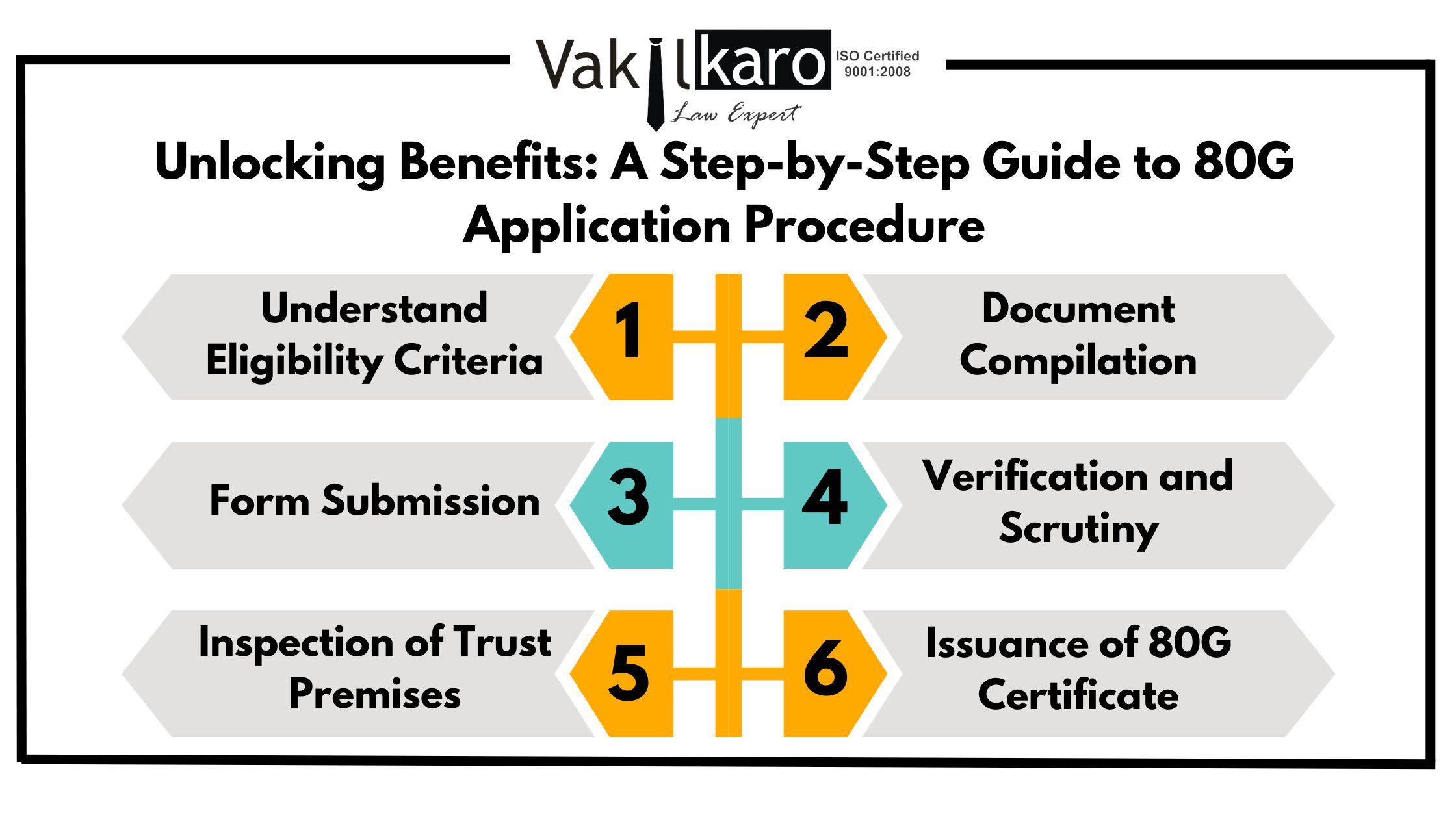
.jpg)






.jpg)
.jpg)
.jpg)


-your-roadmap-to-company-formation-(4).jpg)



.jpg)


.jpg)

.jpg)


.jpg)








.jpg)

.jpg)
.jpg)
.jpg)


.jpg)

.jpg)
.jpg)


.jpg)


.jpg)


.jpg)

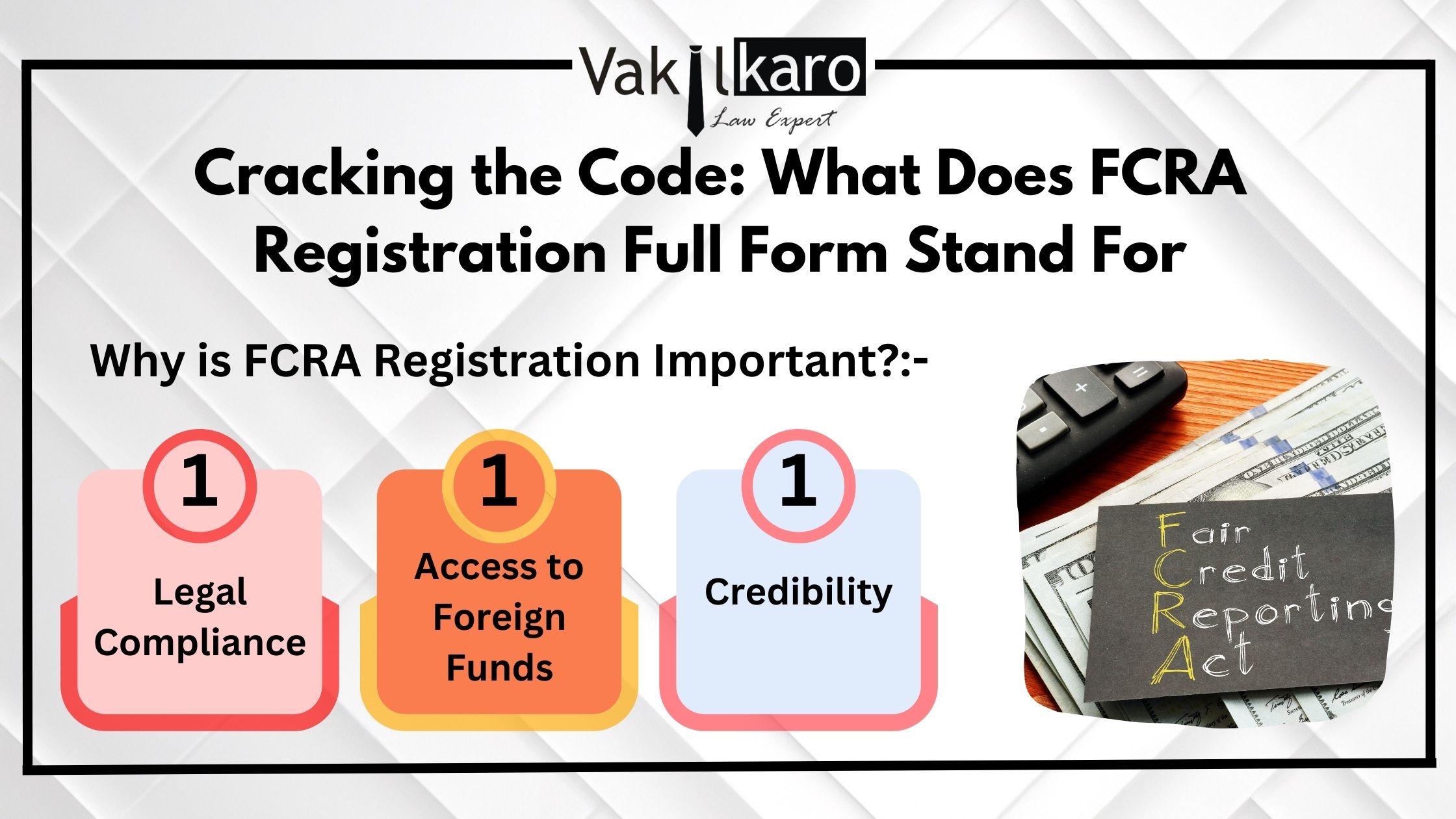



.jpg)


.jpg)
.jpg)
.jpg)
.jpg)










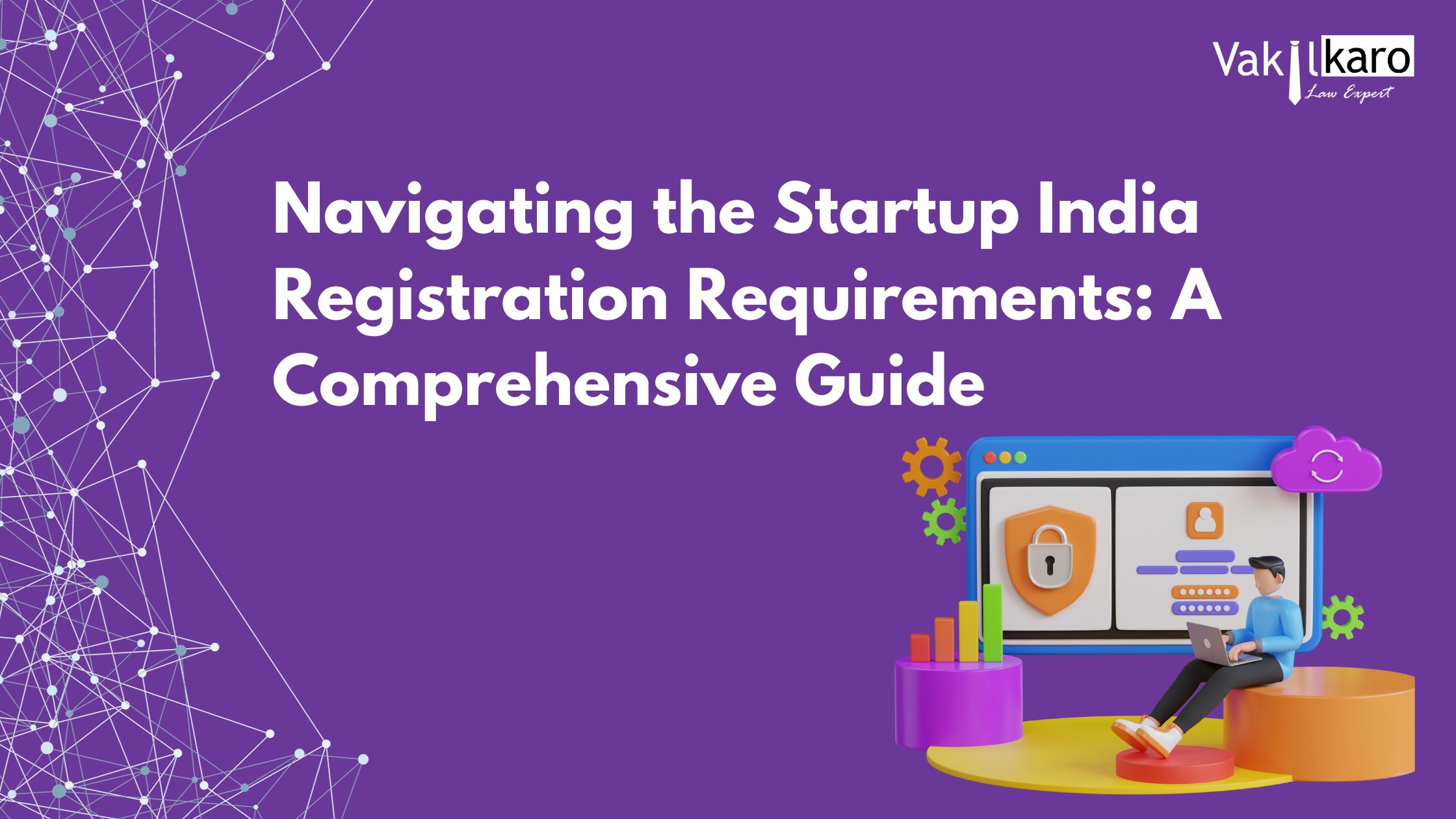











.jpg)










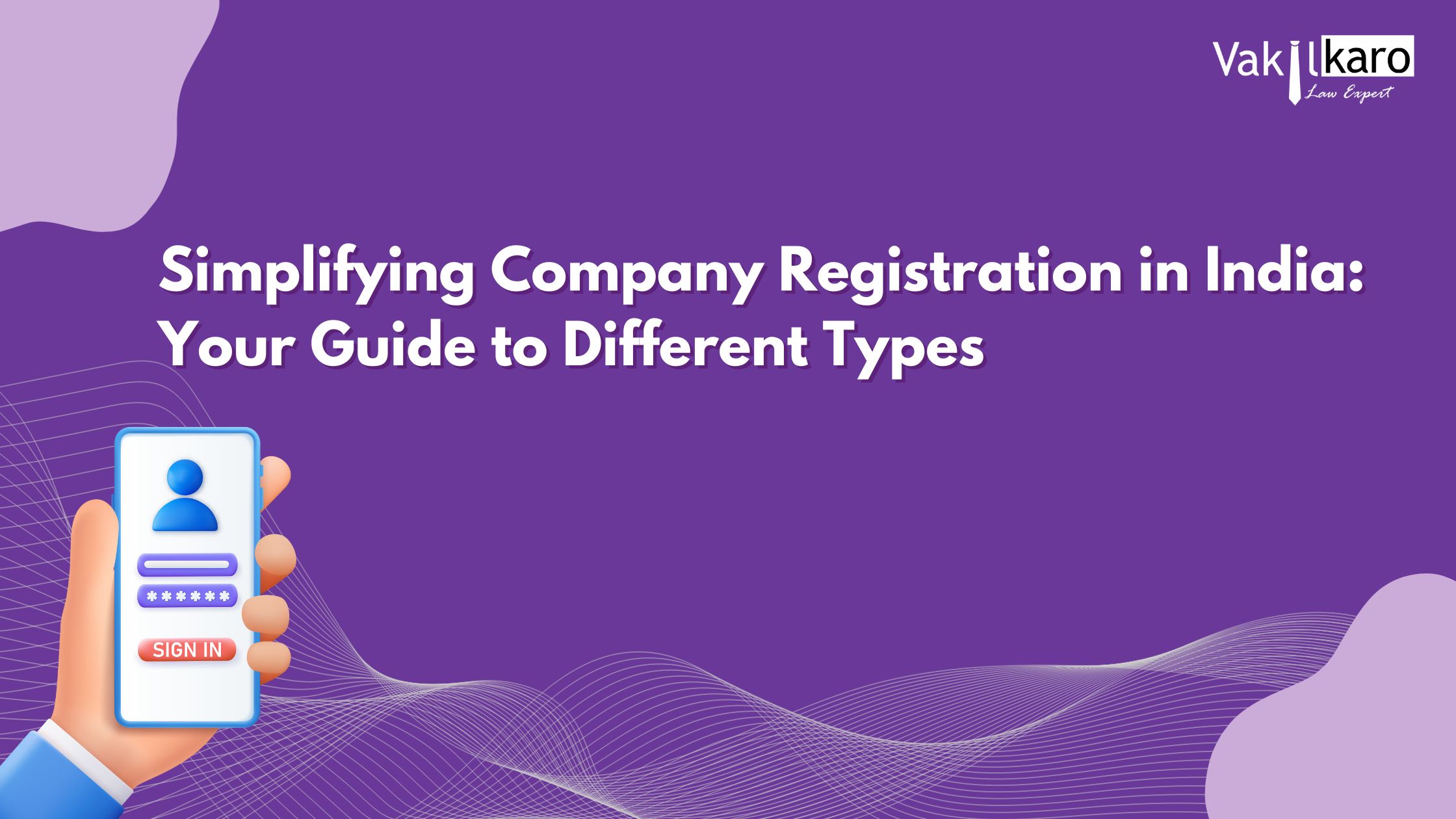




.jpg)



.jpg)



.jpg)





.jpg)
.jpg)

.jpg)
.jpg)
.jpg)

-safeguarding-your-secrets.jpg)

.jpg)
.jpg)
.jpg)
.jpg)
.jpg)
.jpg)
.jpg)
.jpg)
.jpg)










.jpg)



.jpg)




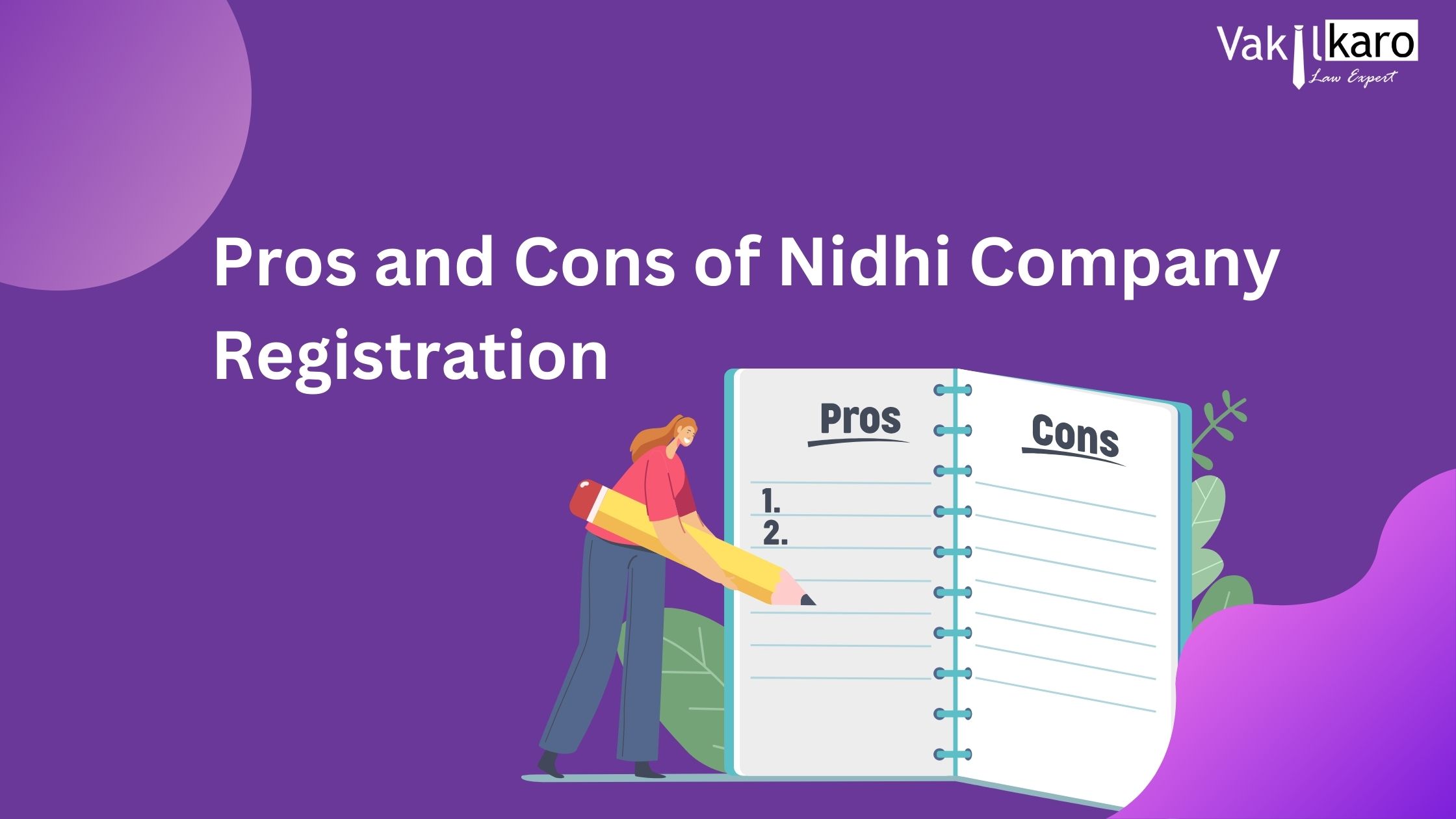







































.jpg)








.jpg)


.jpg)
.jpg)
.jpg)









.jpg)
.jpg)

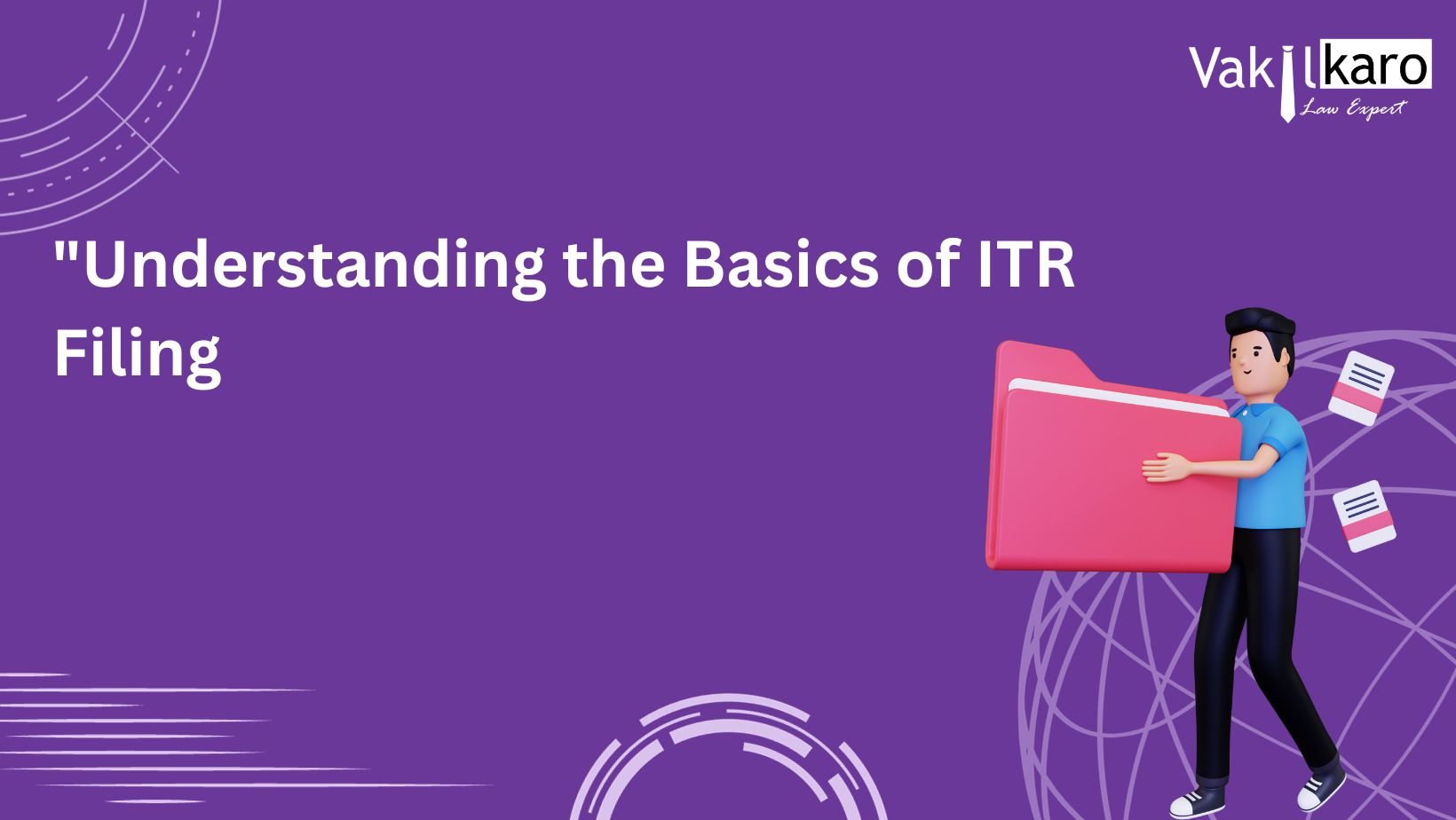


.jpg)
.jpg)
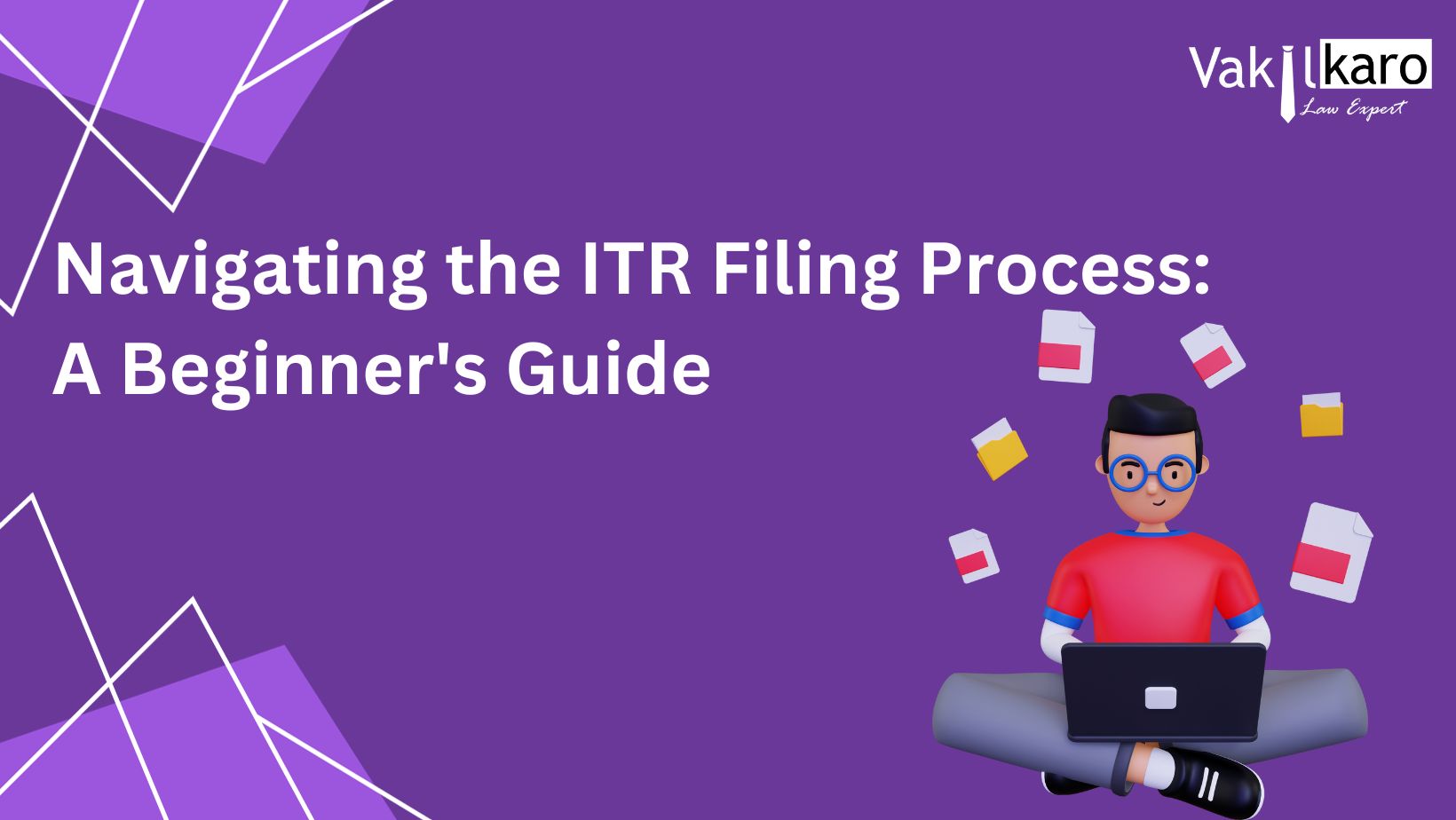
















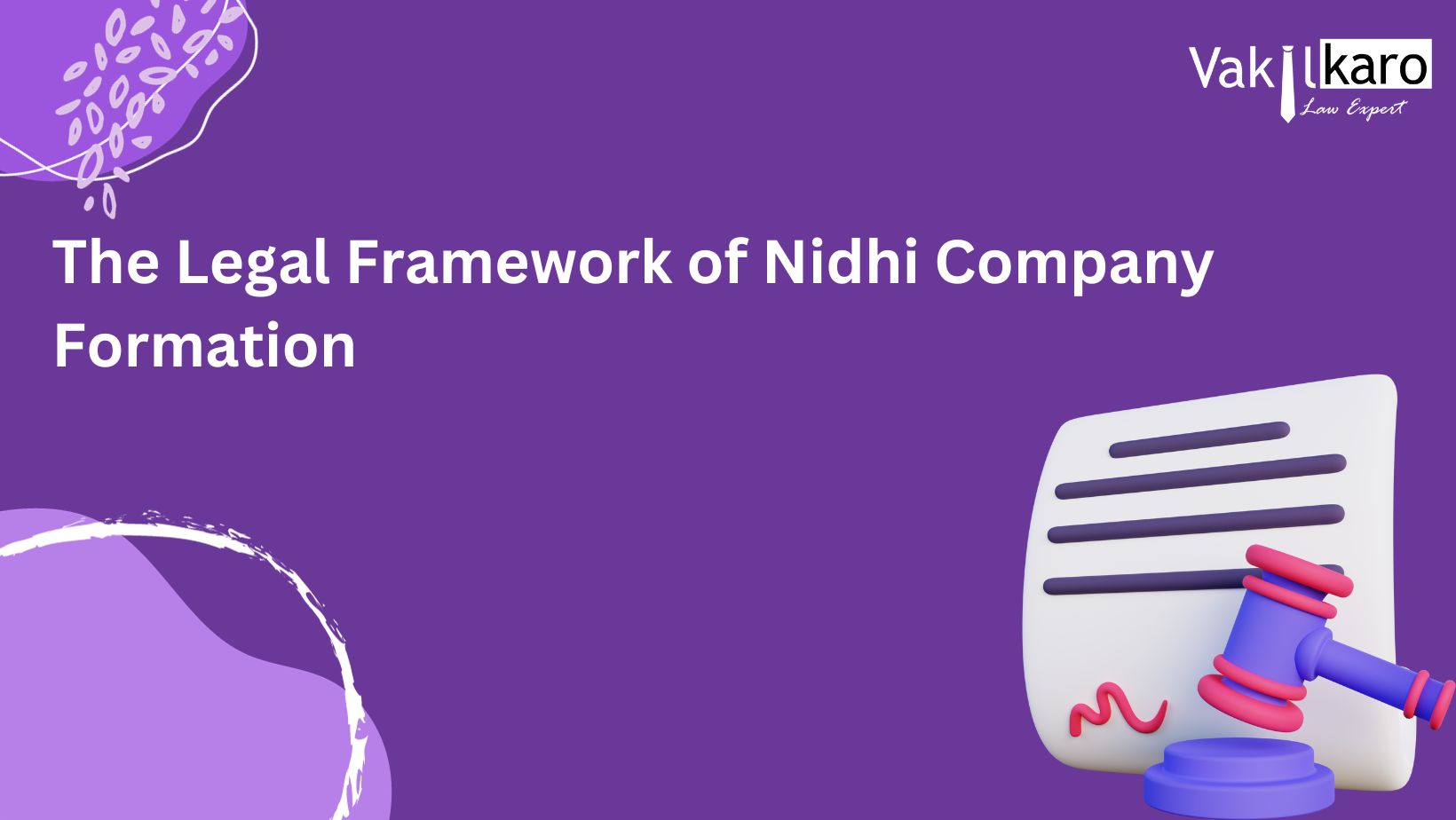
























.jpg)



.jpg)


.jpg)
.jpg)
.jpg)
.jpg)
.jpg)


.jpg)
.jpg)
.jpg)
.jpg)
.jpg)
.jpg)
.jpg)
.jpg)
.jpg)
.jpg)
.jpg)
.jpg)
.jpg)
.jpg)
.jpg)
.jpg)
-explained-(2).jpg)
.jpg)
.jpg)
.jpg)
.jpg)
.jpg)
.jpg)
.jpg)
.jpg)
.jpg)
.jpg)






































.jpg)









-and-itr-filing.jpg)























-and-itr-filing.jpg)
.jpg)







.jpg)







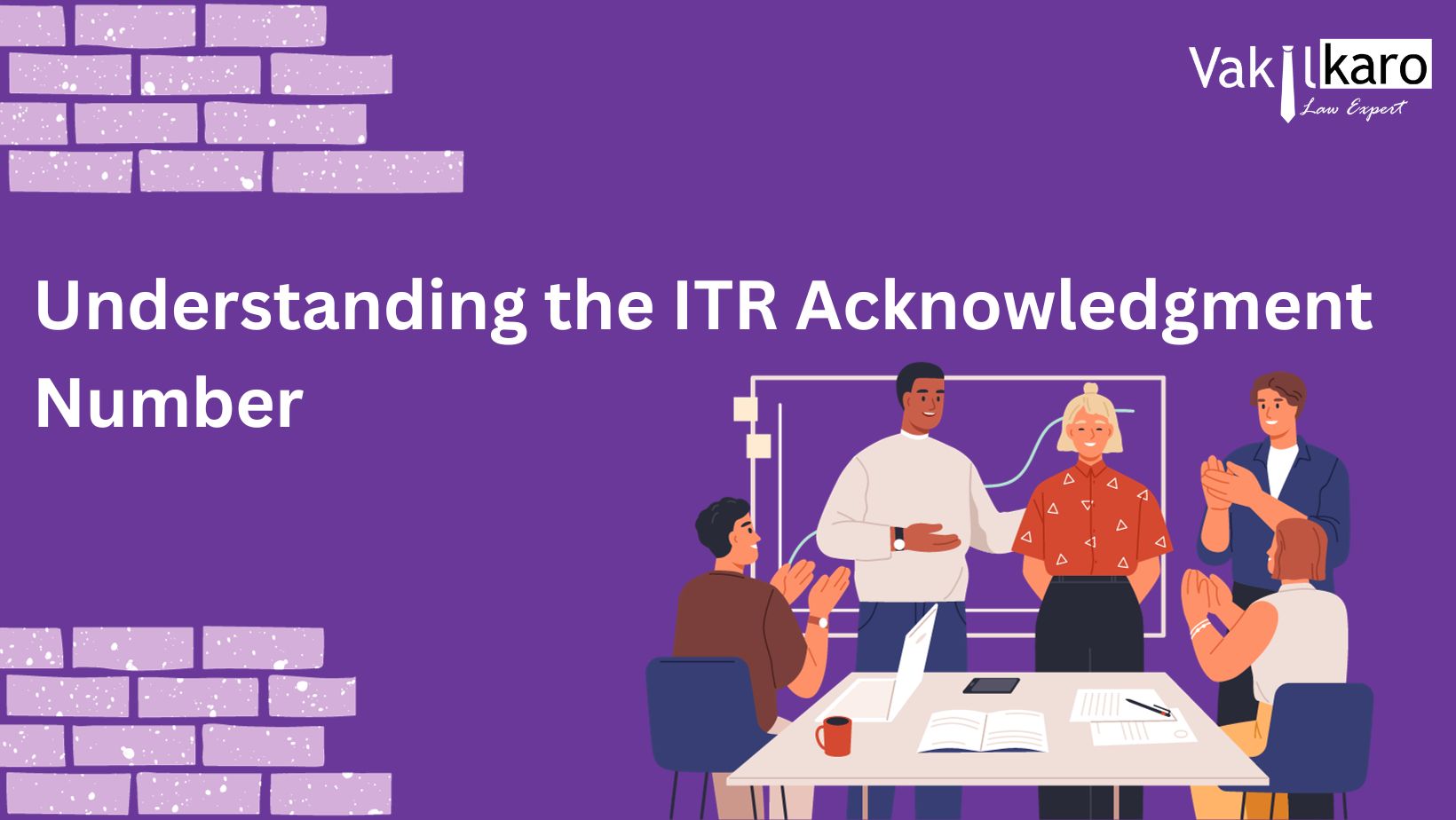

























-staying-compliant.jpg)






















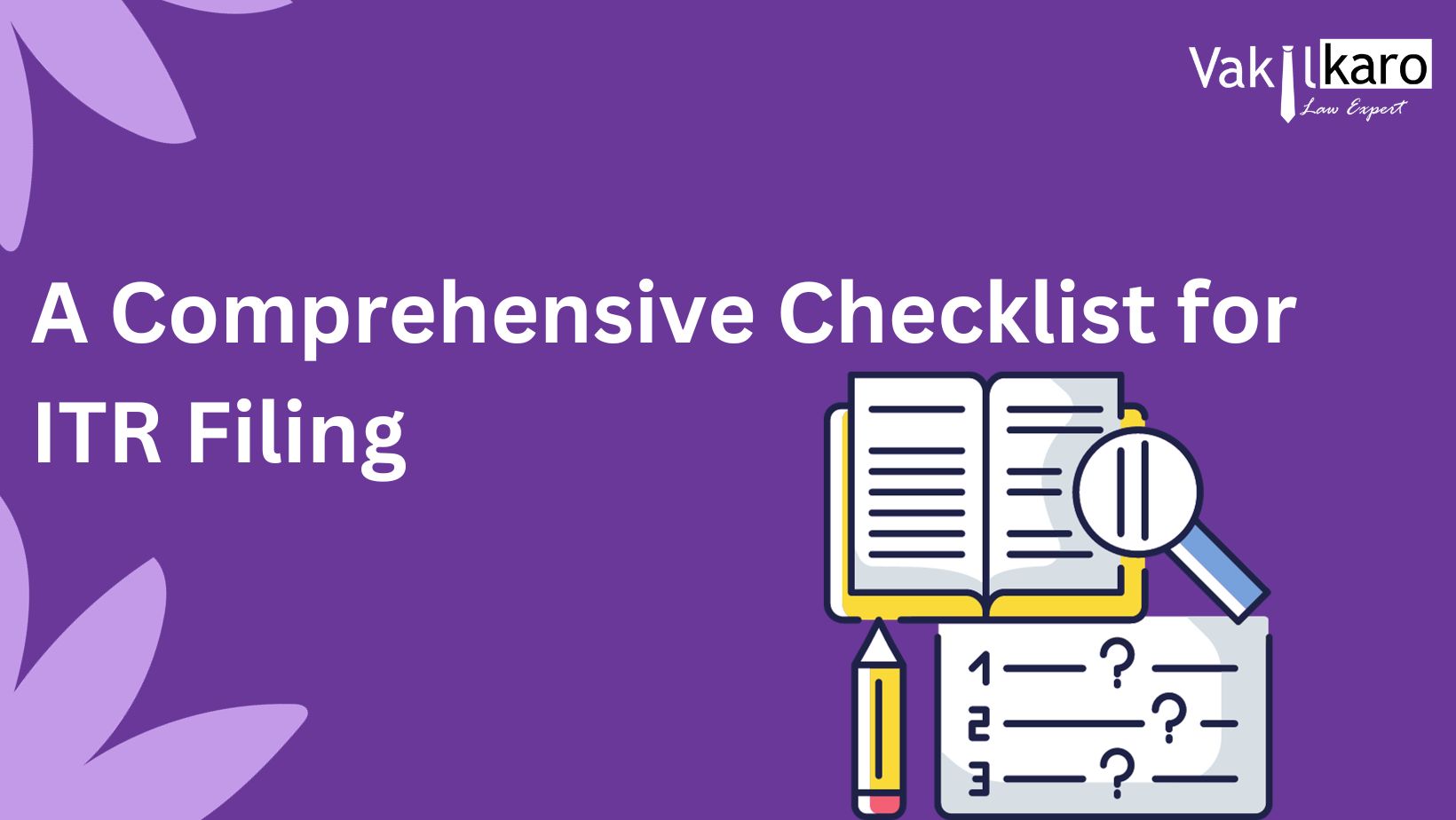





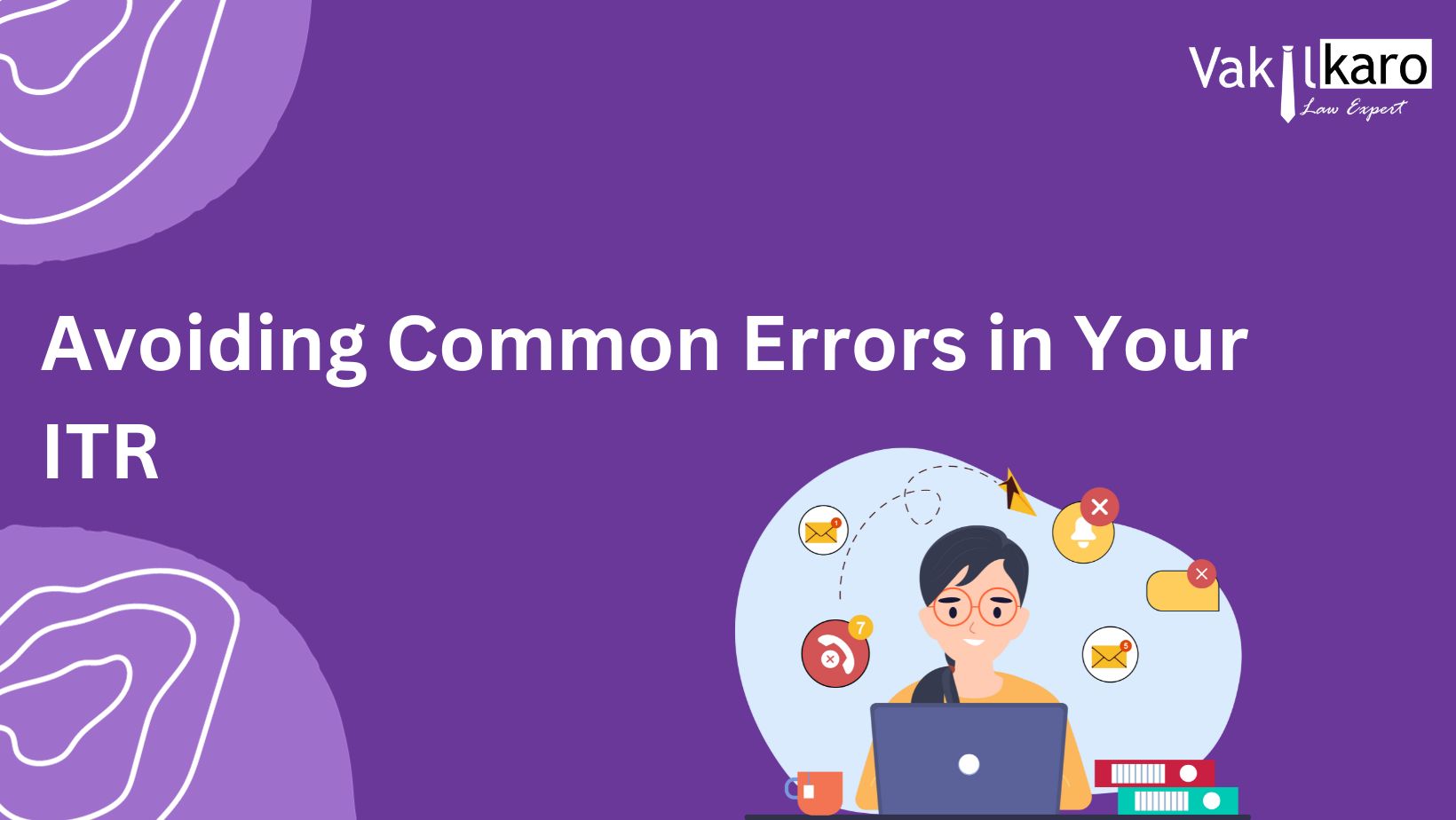





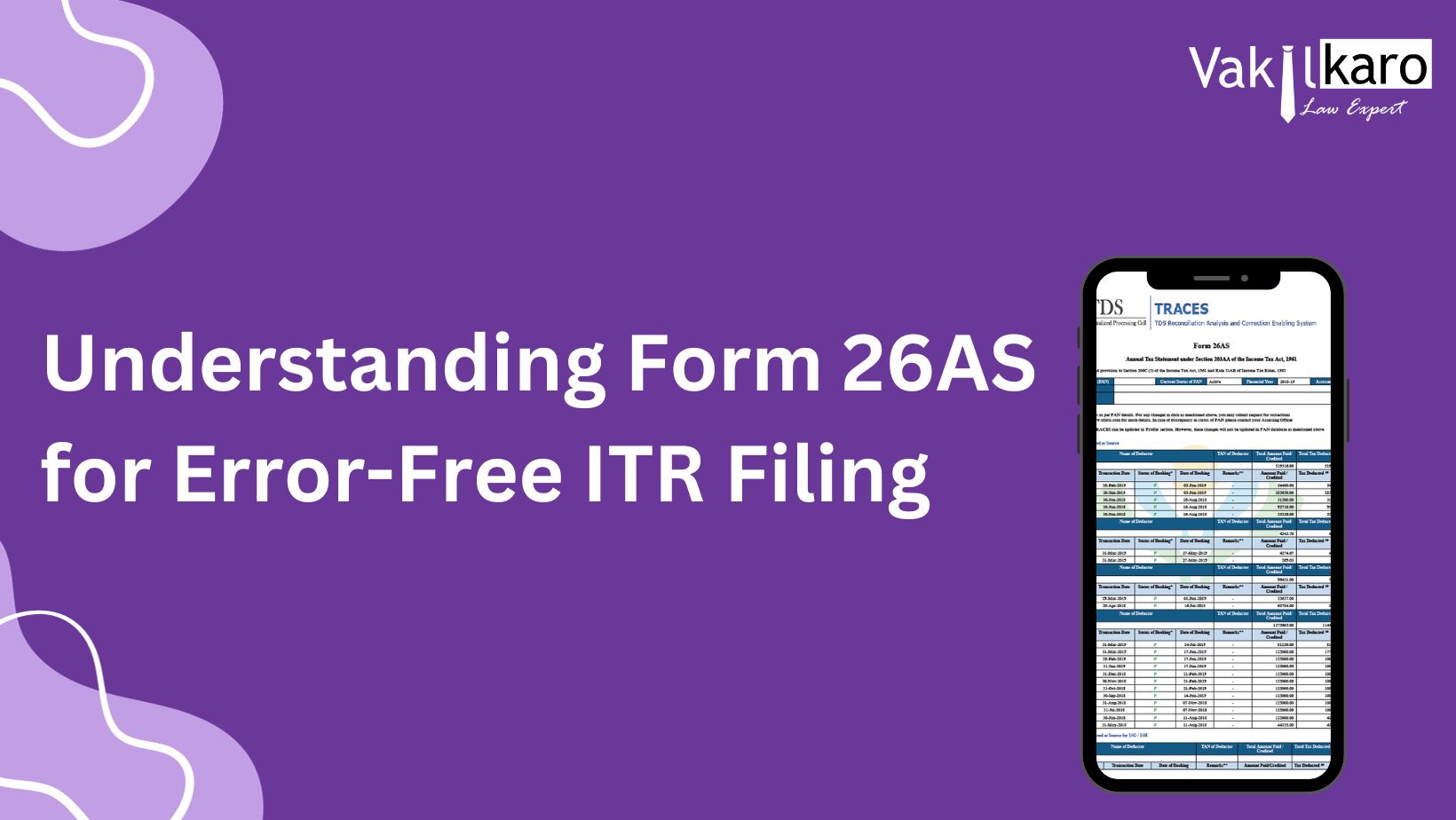















 +91 9828123489
+91 9828123489 help@vakilkaro.co.in
help@vakilkaro.co.in